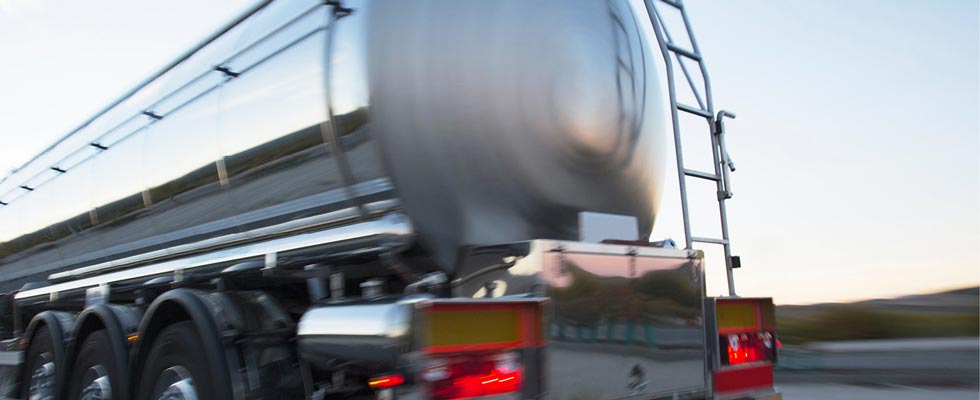
From its inception over 50 years ago, Grammer Logistics has been transporting specialized and hazardous materials. The company started hauling agricultural ammonia and propane within the Indiana and Ohio markets, and its legacy is firmly rooted in this service. The transportation market continues to evolve in many areas, including safety technology, state-of-the-art equipment and the use of data to improve efficiency. It’s truly an exciting time to be part of the logistics industry, and the future is bright.
While transportation companies continue to make progress in improving operations, market challenges prevail. The impacts of COVID-19 over the last three years have underscored the complexities of our interconnected world. New challenges arose, particularly in the sourcing of equipment and parts needed to safely run trucking operations. The delays we have experienced in the delivery of new trucks and necessary replacement parts have improved over the last six months but have not returned to pre-COVID levels. This new constraint impacts the overall capacity of available trucks on the road to haul goods, especially during seasons of peak demand, such as the winter peak in propane demand.
Another challenge for transportation companies is the broader effect of the overall economy on volumes. In 2023, we’ve seen a normalization of freight volumes off the peak highs of 2021-2022. During this time, every mode of transportation (truckload, retail, last mile and intermodal) was competing for drivers simultaneously. This fluctuating demand for transport services can test a carrier’s ability to create consistency in wages and the quality of life important to retain drivers.
A diversified portfolio of business across different end markets does help to minimize this risk, increasing the ability to haul different types of business or even move drivers to different regions to meet customer demand. In 2021, Grammer launched its specialty chemical division to open additional products for drivers to haul, specifically during periods where natural gas liquid commodities are typically less.
The current labor shortage in the trucking sector continues to be a significant hurdle that will affect the industry for years to come. With the average age of bulk drivers being over 50 years old, retirement and moving into part-time status are becoming more common. Transportation companies work hard to retain these drivers and increase training and mentorship programs for new drivers entering the bulk industry.
The nature of the business and specialization of the material hauled requires years of experience, attention to detail and the highest level of professionalism. While there are several initiatives underway to improve the pool of younger drivers entering the market, the experience of long-tenured drivers is invaluable to our entire industry.
While market changes and global supply chain disruptions present challenges, they also bring opportunities. These conditions have compelled the transportation industry to evolve, innovate and improve faster than any other time in history. The transportation companies reinvesting in the business, even during times of economic difficulty, will be best positioned to support their clients long term.
While the world largely went remote during the pandemic, it was also a reminder of the critical value of long-standing relationships in our industry. Our clients are our business partners; the goal is to always have the best interests of both parties represented. Discussing challenges openly and finding ways through them together has always been the best recipe for success.
This is most often accomplished through in-person meetings, visits and a local presence that is invested in the customer’s business. While technology has improved our communications, striking a balance between remote and in-person business activities is key, especially in the dynamic bulk transportation of hazardous materials.
Improvements in safety technology continue to be on the forefront of transportation companies’ strategies. The implementation of safety software connected to the trucks and analyzed through exception-based tools are fueling further improvements in real time. These data direction decisions are also providing opportunities to reduce idle time, improve fuel economy and reduce emissions through empty miles. Additionally, the adoption of on-board, outward-facing cameras is becoming more of an industry standard to ensure the full visibility of road conditions and traffic are taken into consideration in the event of an accident.
As we continue to navigate these challenges and expand on opportunities as a collective industry, we do so together. It is exciting to consider the long-term possibilities for propane industry growth with the continued support of its bulk transportation partners.


